- Tel Aviv University
We use layered sheets of atoms, like graphene, to assemble novel artificial materials and explore the quantum world of electrons and other crystal excitations. Beyond fundamental physics, we hope to improve present technologies (like AI) and make a better world (Tfo Tfo).
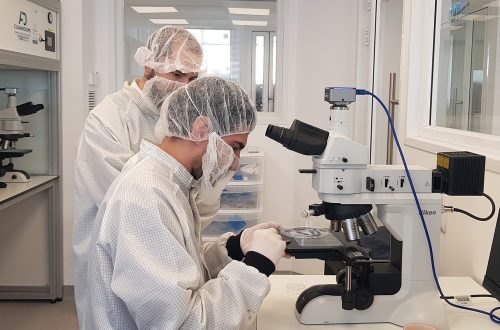

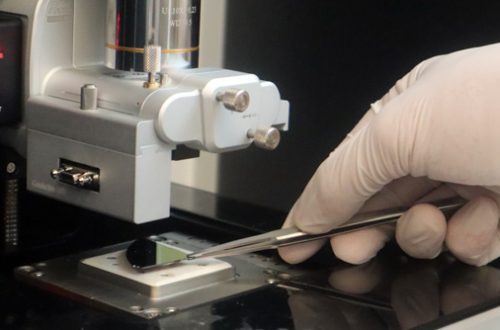
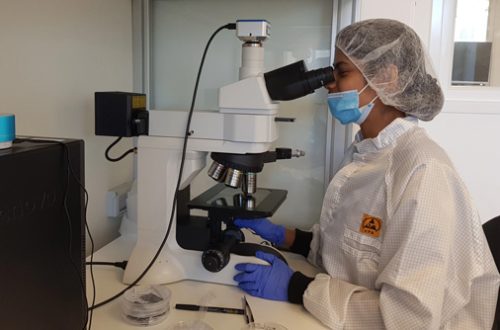

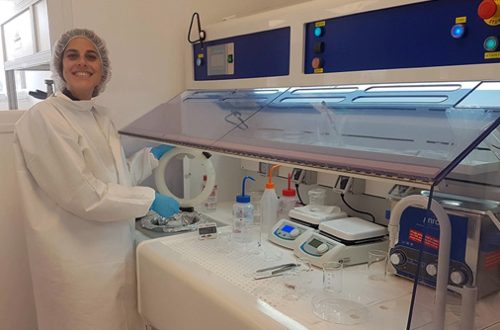
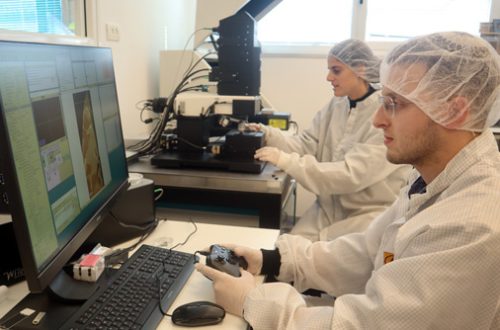
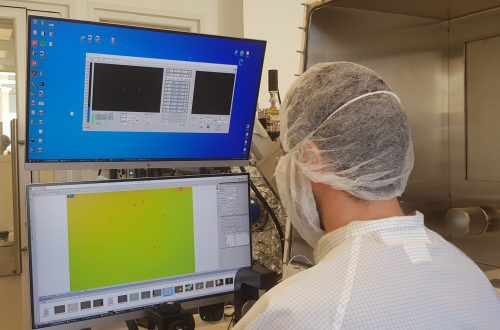
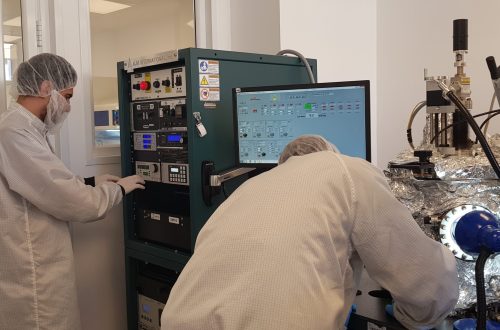
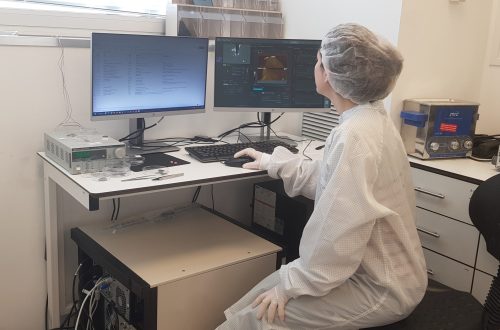
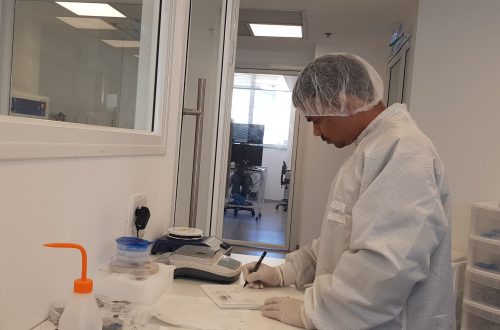
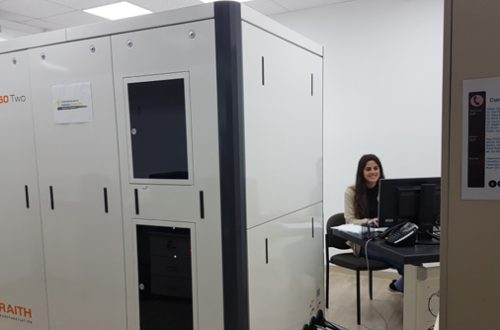

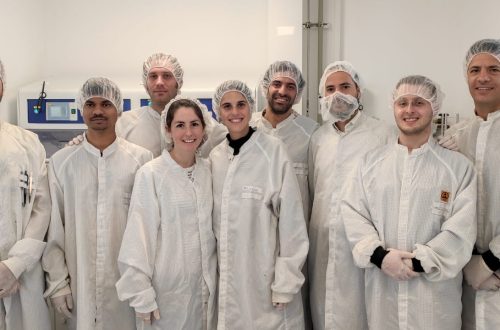





is to study how tiny particles—like electrons, light (photons), sound vibrations (phonons), and others—behave in extremely pure layered crystals that we design into novel device concepts.
By finding ways to control the interactions between these particles, we hope to spark breakthroughs that can benefit many areas of life, from technology and energy to health and beyond.

We build new materials by stacking atomically thin layers—one sheet at a time—into carefully designed, metastable crystal structures. Remarkably, today, we can switch between different crystal states at nanometer scales and nanoseconds using external electric fields.
This new method to control matter is made possible by a device concept we recently developed. It enables ultra-smooth, superlubric sliding between tiny, perfectly matched, crystalline regions—unlocking a new frontier in reconfigurable materials.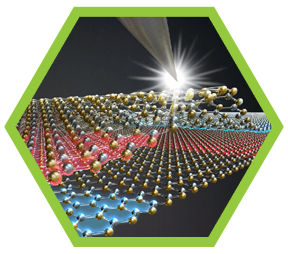
When two identical layers interact, they can push electrons from one layer to the other, creating a built-in electric field at their interface. Notably, this internal polarization flips direction—up or down—with each interlayer shift by a single bond length.
Our recent works revealed a precise atomic shift control mechanism by sliding narrow boundary regions between the opposing configurations. Now, we’re expanding this concept to create complex, multi-layered crystals that exhibit a series of tunable, multi-level and multi-ferroic responses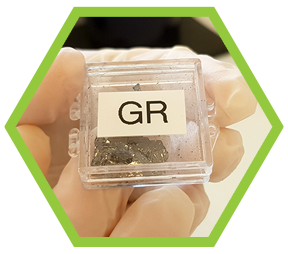
At low temperatures, electrons, phonons, and magnetic moments can organize into a variety of quantum phases. Thanks to the exceptional crystalline purity of graphitic materials, we can finely tune and switch between these phases with great sensitivity.
By integrating superconducting contacts and encapsulating layers, we engineer these states and investigate the interactions that drive them. In particular, we study the interplay of supercurrents, quantum Hall, strain-induced pseudomagnetic fields, and electron viscosity, looking for insights into the complex behavior of quantum materials.Femto-Nano Lab, Ariel Ismach Lab and Dagan Group
Dr. Fucai Liu
Theory: Eran Sela, Moshe Goldstein, and Roni Ilan.
Using layered crystals that can be artificially stacked together into variety of such mediums we pursue our (hopefully innovative) ideas, where we aim to create and explore new phenomena in novel, previously unavailable, environments.